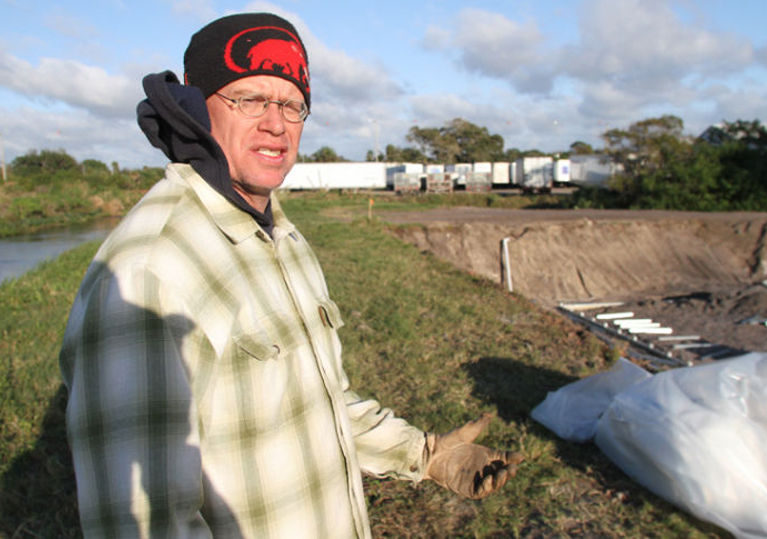
VERO BEACH — Almost a year after the first buckets of dirt rose from a spot archaeologists have longed to return to for more than 100 years, the half-million dollar privately-funded Vero Man site excavation has yielded no human remains, according to the group hired to run the dig.
Instead, scientists from Mercyhurst Archaelogical Institute in Pennsylvania are left to extrapolate from cut marks on some bits of burned bones, that because only a human could have made such cuts, humans had to have lived alongside the animals of the late Pleistocene era – more than 11,000 years ago.
That premise, first made by a Florida state geologist in the early 1900s, is now borne out.
Mercyhurst’s director, James Adovasio, presented the findings of the dig last month at a conference in South Carolina.
Included were results of radiocarbon dating of the soil at key areas, that they say go back 13,000 to 14,000 years. If accurate, it would make the site the oldest above-ground site in Florida, the Institute claims.
The “Vero Man” site is located north of the Indian River County Administration Building off Aviation Boulevard.
An even older layer uncovered last winter, believed to be 19,000 years old, Adovasio says in a press release, will be their target area of research when a second dig begins in January.
Evidence of 170 species of plants and animals have been found at the site in this and past investigations, the scientists report. Among the most intriguing in the latest dig: a bone from a now-extinct wolf.



